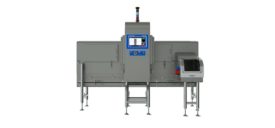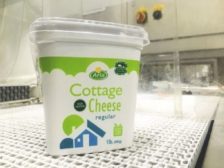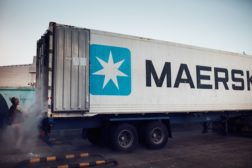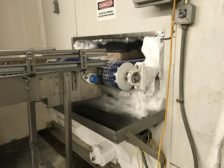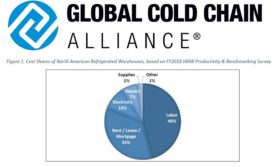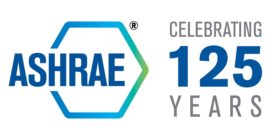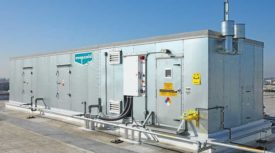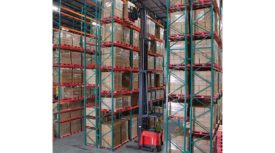Sustainable Solutions for Cold Foods
The Benefits of Integrating Spiral Freezers with Process and Refrigeration Control Systems
Integrating a spiral freezer increases efficiency, speeds production and saves energy.
June 3, 2020
GCCA Releases Q1 Cold Chain Index for Cost of Operating Refrigerated Warehouses
Labor accounted for the largest share of expenses, followed by property rent/lease/mortgage costs.
May 29, 2020
The Evolution of Lift Truck Technology for Cold Storage Warehouses
How technology has refined the lift truck into a more versatile and efficient warehouse tool.
May 12, 2020
Elevate your expertise in refrigerated and frozen foods with unparalleled insights and connections.
Get the latest industry updates tailored your way.
JOIN TODAY!Copyright ©2024. All Rights Reserved BNP Media.
Design, CMS, Hosting & Web Development :: ePublishing



